Te Ipukarea Society in Mangaia – Climate Change Project
Te Ipukarea Society’s project office Alanna Smith was recently in Mangaia conducting a couple of school projects including the Strengthen Resilience in the Climate Change (SRICC) funded learning by doing weather stations programme, which is currently being delivered to all schools in the pa enua. The project introduces students to a range of different weather instruments, Kestrel meters, rain gauges, barometers and a wireless weather station. Students are then taught what each instrument is measuring, how to correctly read each instrument, how to record the data and then interpreting the data collected. The learning by doing project was developed so school students can become more aware of the changes occurring in their micro climate and potentially be able to able to forecast the likes of approaching depressions with their given instruments.

Weather stations in Mangaia

Tukau school with weather instruments

Omoka students with weather stations
Coastal Protection, it’s in the bag
Te Ipukarea Society, the only IUCN member in the Cook Islands, works across a broad range of environmental sectors. These include waste management, ecologically sustainable development, youth, and biodiversity. One of the major threats for the Pacific Islands, climate change is also one of our focal areas, and the focus of this story.
Late last year we completed a pilot project under a Global Environment Facility (GEF) Small Grants Programme (SGP) Global Grant project for Community Based Adaptation to Climate Change. The funding came from the Australian Government, made available to Small Islands Developing States (SIDS) among others.
Rarotonga has had a significant number of rock seawalls built over the past 30 years. These are built to protect the ever-increasing number of holiday accommodations constructed along the coast to meet the demands of the rapidly expanding tourism sector. These seawalls require large boulders to be quarried from the inland of Rarotonga, transported to the coast, and placed along the beachfront. The quarrying is environmentally damaging to the inland and the completed seawalls can also cause additional erosion due to “end effects” at each end of the wall. Erosion also occurs as the waves hit the solid walls and bounce back, scouring out sand on the beach. A number of the beaches in front of resorts are now completely gone at even a mid level tide.
This project sought to identify an alternative to these solid rock walls. It was implemented in Rarotonga, at the Avana Harbour. It involved placing geo-textile sandbags, each weighing over 1 ton, for approximately 45m along the coast to help protect against erosion caused by climate change impacts. These bags are placed on top of a geo-textile matting, which helps prevent the bags from being undermined by over-topping wave action. This particular structure starts at four bags high at the northern end and decreases to a single bag as it approaches the Avana Stream. It has the additional benefit of providing a much more stable platform for the fishermen to access their small fishing boats that are moored in the area.
This intervention is what could be termed a hybrid "nature-based solution" for climate change. It is a combination of an engineered wall of man-made geo-textile bags, filled with natural sand dredged from the site. As a further addition to this pilot, we filled one of the bags with ground glass from the Rarotonga landfill, as a way to demonstrate a possible use of the waste glass and reduce the impacts of sand mining. This man-made structure was backed up with the planting of beach vines, vetiver grass and native trees behind the geo bags to provide a 2nd level of natural defence. When eventually the wall fails, as all walls will in the event of a severe cyclone, the damaged bags can be easily removed. We will only be left with sand on the beach, rather than chaotic shambles of scattered rocks, as has already happened at some sites around Rarotonga.
Te Ipukarea Society has been suggesting the use of these geo-bags for several years as an alternative to the rock walls commonly used in Rarotonga. However, until now, nobody seemed willing to give them a try. We were extremely fortunate to be able to find this funding so we could do this trial at no cost to the Government and bring in external revenue to help bolster the Cook Islands economy during COVID-19.
This work required a lot of attention to detail, as it was a demonstration project, and we needed to do it right. So a huge shout out to Koko and the team at S&T contractors who did a very professional job. They were very quick to learn how to use this new technology. The project was a learning by doing process and involved a lot of extra man hours on the job. The engineering oversight was kindly provided by Paul Maoate, Matt Blacka and Ata Herman.
During a recent voyage to the Northern Cook Islands on our traditional voyaging canoe, Marumaru Atua, we shared our experience with these geo-textile sand bags with the island communities. As they are also experiencing erosion problems as an impact of climate change, they showed a lot of interest. Just last week, island government mayors and executive officers were in Rarotonga for an annual forum, and again showed a lot of interest in this technology, and have approached Government for support to access it. We hope this is the start of something new in coastal protection for our islands, leaving a reduced environmental footprint, and helping conserve our beaches.

